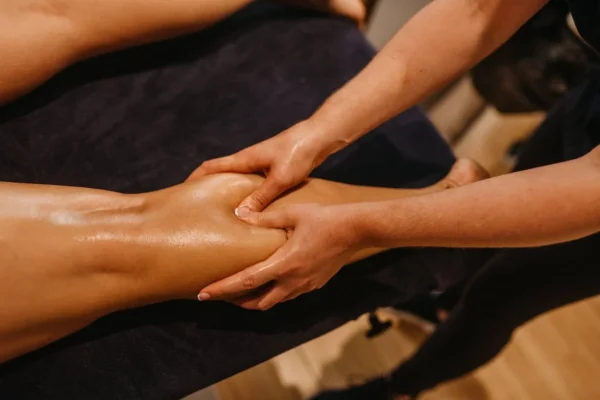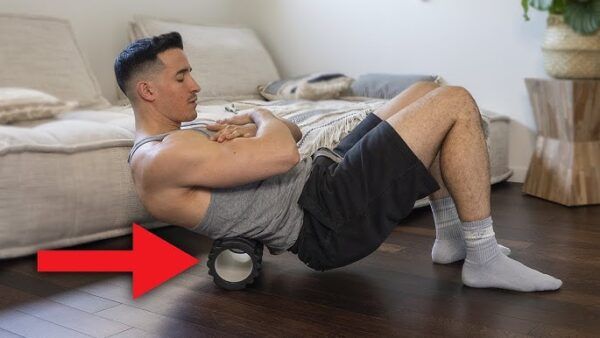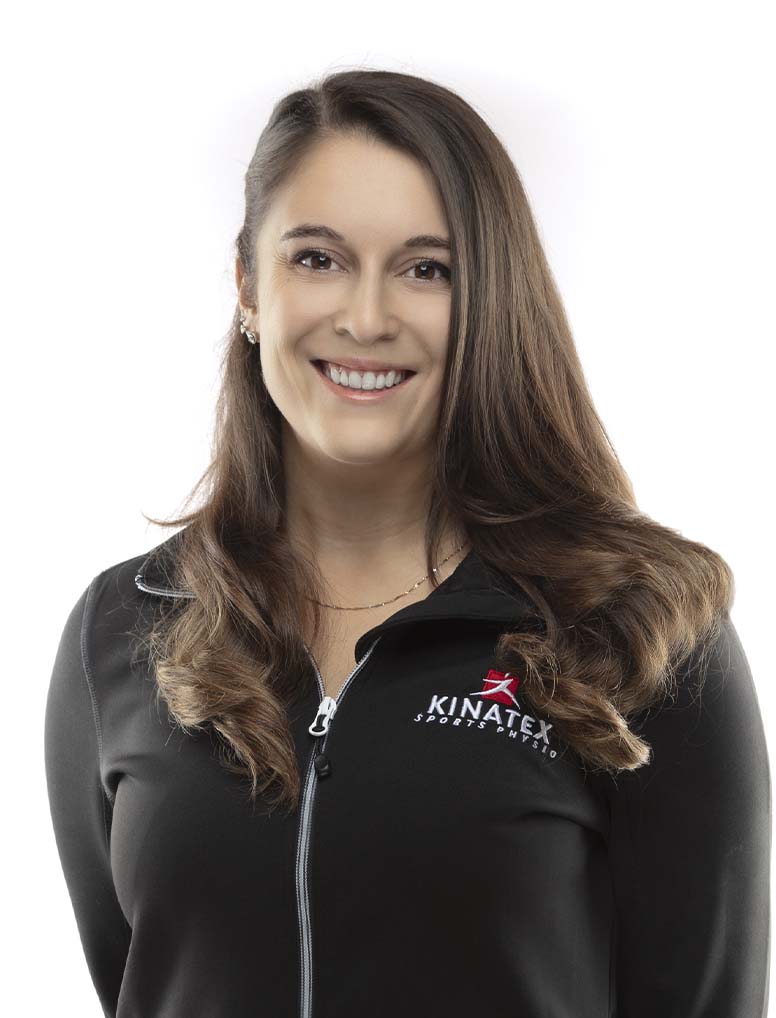Massage therapy plays a fundamental role in the journey of any athlete, whether amateur or professional. Far more than a simple moment of relaxation, it serves as a strategic tool to prevent injuries, speed up recovery, manage stress, and optimize performance. When integrated into a complete training program, it helps improve the longevity and quality of an athlete’s sporting career.

Why Athletes Should Incorporate Massage Therapy into Their Routine
- Injury Prevention – Regular massages help maintain the flexibility of muscles and joints, reducing the risk of injuries caused by muscle tension or imbalances. They help prevent tears, tendinitis, and sprains by restoring the overall muscular balance of the body.
- Muscle Recovery – One of the biggest benefits of massage therapy is the reduced recovery time after physical effort. By relieving soreness and muscle tension, it allows athletes to resume training more quickly, with less discomfort.
- Improved Circulation – Massage stimulates blood and lymphatic circulation, promoting oxygenation and nutrition of the muscles. This improved flow helps reduce muscle fatigue and limits lactic acid buildup, often responsible for post-training soreness.
- Stress Reduction and Better Sleep – Physical and mental stress are integral parts of an athlete’s life. Thanks to its calming effects, massage therapy helps release tension, improve sleep quality, and approach competitions with greater clarity and serenity.
- Performance Optimization – A relaxed, flexible, and well-oxygenated body performs better. Massage therapy improves range of motion, muscle responsiveness, and fluidity of movement, which can make all the difference in high-performance contexts.
- Improved Body Alignment – By working on muscles and tendons, massages help correct certain compensations or postural imbalances. This realignment contributes to long-term injury prevention.
Types of Massage to Prioritize Before and After Competition
Before Competition (Preparatory Massage)
Objective: activate the body without causing fatigue.
- Light Massage or Effleurage: A gentle, stimulating massage to warm up muscles, improve circulation, and prepare the body for physical effort.
- Dynamic Warm-Up Massage: More active, targeted techniques to increase range of motion, relax muscles, and prepare joints.
Light Tissue or Swedish Massage: Helps awaken circulation and relax muscles without fatiguing them before competition.
After Competition (Recovery Massage)
Objective: promote recovery and relax the body.
- Deep Tissue Massage: To release muscle tension and drain metabolic waste.
- Relaxation Massage: Helps relax muscles and reduce post-competition stress.
- Lymphatic Drainage: Stimulates lymph circulation to reduce inflammation and improve recovery.
Self-Massage Techniques to Practice Before Training
Self-massage is an excellent way to prepare the body for exercise, especially when professional treatment is not immediately available.
- Foam Rolling: Ideal for relaxing muscles, improving flexibility, and stimulating blood flow.
- Massage Balls: Allow targeting and releasing specific tension areas like glutes, calves, or shoulders.
- Manual Arm and Leg Massage: Gentle circular movements activate circulation and support warm-up.
- Dynamic Stretching (in motion): Warms up key muscle groups before effort, including quadriceps, hamstrings, calves, and others.
Recommended Frequency Based on the Sporting Season
The ideal frequency depends on the type of sport, intensity level, season phase, and personal goals:
Pre-season (Preparation Period): 1 session per week or every two weeks to prepare tissues for intensified training.
Competition Season: 1 session between competitions, adjusting massage intensity to avoid interfering with performance (i.e., gentle techniques).
Recovery Period: 1 session every two weeks.
Massage Therapy: A Pillar of Athletic Well-Being
Integrating massage therapy into a training routine is a choice for longevity, performance, and overall well-being. It becomes an indispensable complement, on par with nutrition, sleep, and training. It’s a smart strategy to maximize the body’s potential while respecting its limits.




